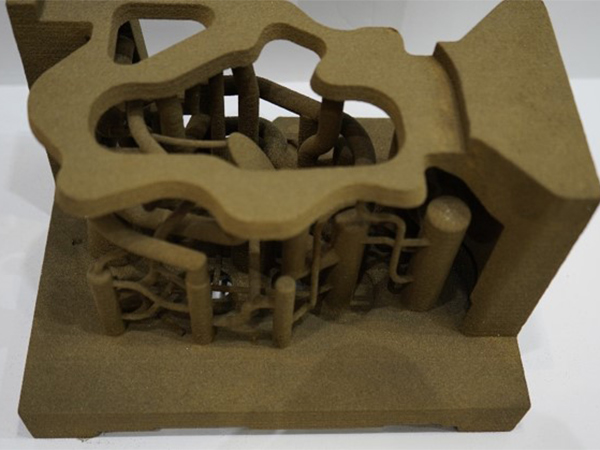Understanding Cast Iron Sanding Techniques and Benefits
Cast iron, a versatile and durable material, boasts a long history of applications, from kitchen cookware to industrial components. For those involved in the production or restoration of cast iron items, sanding is an essential process that cannot be overlooked. This article will explore the techniques and benefits of sanding cast iron, helping you achieve a polished finish and prolonging the life of your cast iron products.
The Importance of Sanding Cast Iron
Sanding cast iron items, whether they are vintage skillets or ornate decorative pieces, serves multiple purposes. Initially, it helps remove any rough surfaces or imperfections that may have occurred during the casting process. Over time, rust and corrosion can accumulate on these items, diminishing their aesthetic appeal and potentially affecting their functionality. By sanding, one can effectively restore the surface and prevent further deterioration.
Moreover, sanding can prepare the surface for additional treatments. For instance, if you wish to season a cast iron skillet, having a smooth and clean surface is essential for the oil to adhere properly. Similarly, when applying paint or other finishes, a well-sanded item ensures better adhesion and a professional-looking result.
Techniques for Sanding Cast Iron
1. Choosing the Right Tools The first step in sanding cast iron is selecting the appropriate tools. Sandpaper with different grits should be used for various stages of the sanding process. Start with a coarse grit (around 60-80) to remove heavy rust or scale, then gradually move to finer grits (120-220) for smoothing the surface.
2. Hand Sanding vs. Power Tools While hand sanding can provide more control and precision, especially for intricate designs or small items, power tools such as orbital sanders or belt sanders can significantly speed up the process, particularly for larger surfaces. When using power tools, it’s crucial to maintain a light touch to avoid removing too much material or damaging the cast iron.
3. Wet Sanding This technique can be particularly effective when dealing with rust. By using water or a lubricant while sanding, you minimize the dust and debris created and allow for a smoother finish. Wet sanding also helps to keep the sandpaper from clogging, extending its usefulness.
cast iron sanding

4. Using a Wire Brush For items with heavy rust deposits, a wire brush can be beneficial. This allows you to remove tough rust spots effectively. After using a wire brush, it’s essential to follow up with sandpaper to achieve a smooth finish.
5. Working in the Right Environment Sanding cast iron can create a lot of dust, so it’s important to work in a well-ventilated area. Wearing a mask and protective eyewear is advisable to protect yourself from inhaling fine particles.
Benefits of Sanding Cast Iron
1. Restoration Sanding helps restore the original beauty of cast iron items, bringing out their natural luster and character. Whether preparing for sale or simply wanting to enjoy your vintage finds, a well-sanded piece looks inviting and appealing.
2. Improved Performance For cookware, a smoother surface means better heat distribution and cooking performance. It minimizes sticking, making food preparation easier and more enjoyable.
3. Longevity By removing rust and imperfections, sanding can significantly prolong the life of cast iron products. Regular maintenance through sanding helps prevent issues such as cracking or pitting, ensuring that your cast iron lasts for generations.
4. Custom Finishes Sanding can also allow for customization of your cast iron pieces. After achieving the desired smoothness, you can apply paints or finishes to create a unique look that complements your home décor or cooking style.
Conclusion
Sanding cast iron is a skill that pays off immensely for both enthusiasts and professionals. By investing time in the process and using the right techniques, you can restore the beauty of cast iron items, improve their performance, and extend their lifespan. Whether you are rejuvenating an old skillet or preparing decorative pieces for display, knowing how to properly sand cast iron is an invaluable tool in your crafting arsenal. So, gather your tools, roll up your sleeves, and get ready to bring out the best in your cast iron!
Post time:okt . 10, 2024 07:31
Next:High-Quality Foundry Sand Available for Purchase Now
